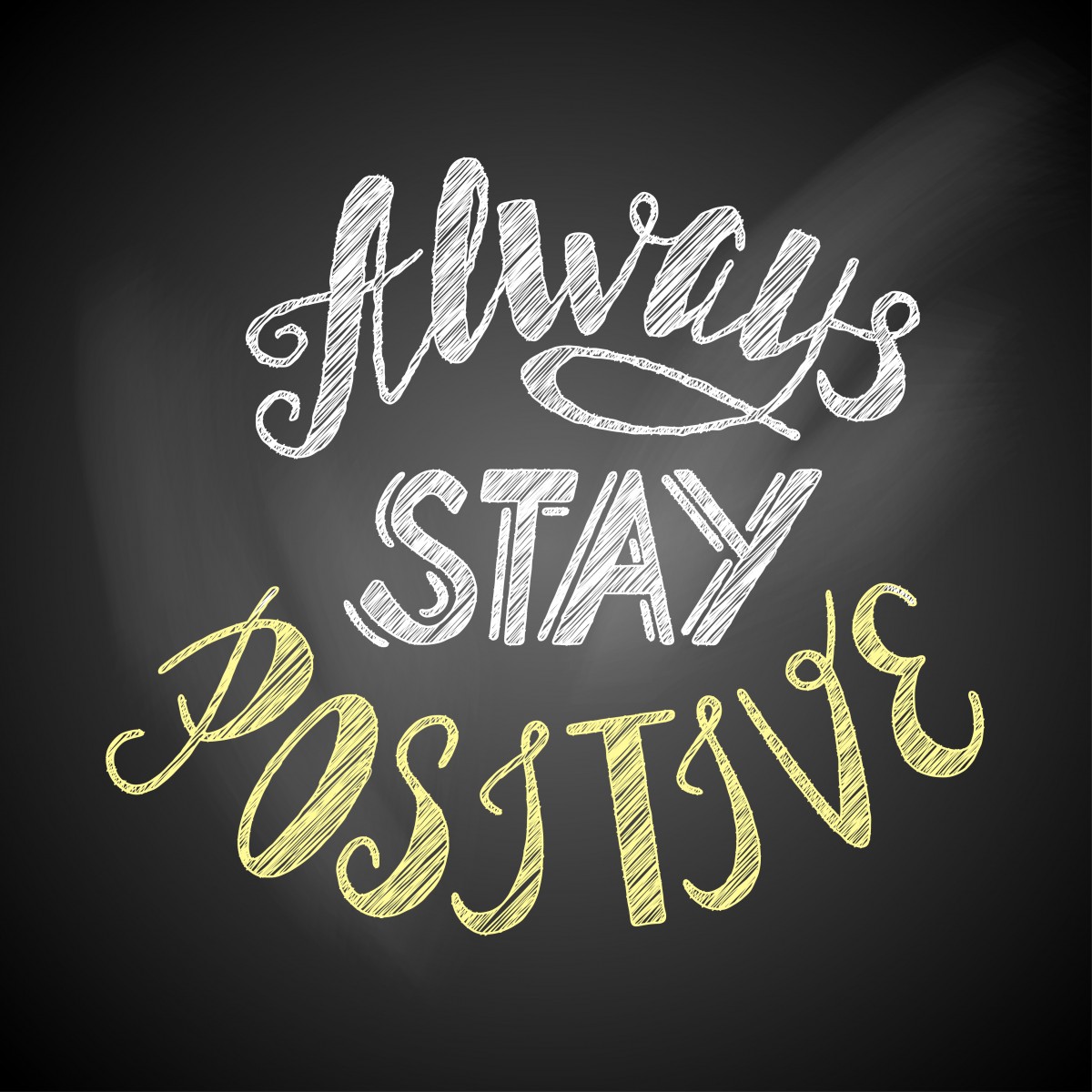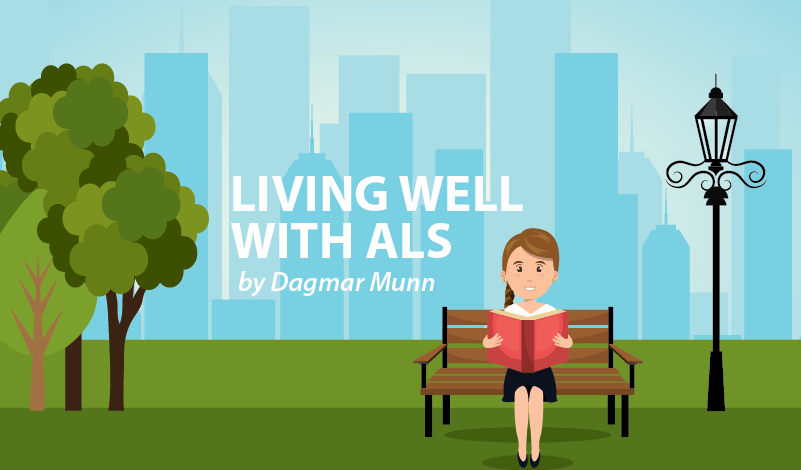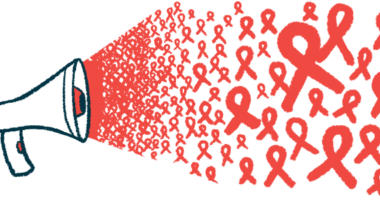Discovering How to Move Again


Having spent most of my life pursuing gymnastics and dance, being able to move with balance and symmetry was for me a priority. That meant keeping my body’s left and right sides strong and flexible, along with making balancing on one leg look just as easy as being on two.
But ALS threw my whole body out of sync. Suddenly my right leg moved slower than the left. My upper body felt energized, while the lower half begged to sit and rest. The slow, uneven loss of motor neurons played havoc with instructions coming from my brain. Those of us with ALS know all too well the frustration of having a brain that remembers how to move correctly, but a body that simply doesn’t.
As tempting as it was to just give up at that point, I didn’t.
Instead, I thought back to my early days in dance, and how new and complicated step patterns always made me feel as if I had two left feet. But with enough practice and time, I found success. The secret was to break down the step pattern into smaller bits, practice in slow motion, and relate everything back to fundamentals. Fundamentals like step-step, rock-rock.
I didn’t know it then, but I was tapping into the neuroplasticity of my brain. Simply put, neuroplasticity is our brain’s ability to grow, learn and change – no matter what our age is. I knew that with ALS my previous ways of achieving graceful movement were never going to return. But I did hope that I could use neuroplasticity to teach my brain to work with the body that I had now — to find a new sense of moving well, while my new sense of balance came by way of a rollator.
So I went back to basic movement. Very basic movement! On my hands and knees crawling like a baby, walking forwards and backwards with my rollator, swaying side-to-side while standing and even ‘dancing’ to music while sitting in a chair.
Sometimes it felt too easy, other times too hard, and sometimes I wanted to give up. But I kept on. Over time I felt a little more confident with my body’s imbalances, and I eventually got used to my new way of moving. Now I’m less frustrated with a body that moves a little stiff, a little slow and a little uneven.
Even though I’ve gone on to add many more movements and exercises to my day, these special basic movements continue to be the core of my daily routine. This is one of the reasons why I’m such an advocate of exercise and its benefits for all of us who live with ALS.
It’s not only about fitness; it’s also about letting our brains and bodies get used to being together again. To learn to love and have confidence in the body we have now.
Because how we move is not as important as why we are moving.
We move to continue to be an active participant in the world around us.
***
Note: ALS News Today is strictly a news and information website about the disease. It does not provide medical advice, diagnosis, or treatment. This content is not intended to be a substitute for professional medical advice, diagnosis, or treatment. Always seek the advice of your physician or other qualified health provider with any questions you may have regarding a medical condition. Never disregard professional medical advice or delay in seeking it because of something you have read on this website. The opinions expressed in this column are not those of ALS News Today, or its parent company, Bionews Services, and are intended to spark discussion about issues pertaining to ALS.







Josey Rosenthal
I have PLS which is very much like ALS and I am loooking for ways to move. I really liked Dagmar Munn's column. Does she have others on movement. Thanks. Josey
Dagmar Munn
Thank you Josey - - I'm glad you enjoy my column! I do plan on writing more articles about the benefits of movement for motor neuron disease. Meanwhile, there are eleven posts on my ALS and Wellness Blog that are on this topic, under the catagory: "ALS Exercise." http://alsandwellness.blogspot.com/search/label/ALS%20Exercise
Cath muir
Hi Dagmar, I am enjoying reading your blogs as I really believe that excersise helps. I go for a massage once a fortnight with a lady. The kind of massage she does is hypertonic. I just wondered if you knew anything about it.
Dagmar Munn
Good to hear from another reader - - thank you Cath! Massage therapy is a great adjunct to a regular exercise program. What kind of massage and how often depends on each person's body/muscle needs and tolerance. Hypertonic basically means "tight" as in massage for tight muscles, so your therapist is adjusting her technique to accommodate the tension in your muscles. Sounds like she is helping you!
Darryl Ferges
Excellent Dagmar, I keep reading about your thoughtful journey and you being what your having to work on. Embodied cognition describes a collection of neuroscience that I try and study and you have incorporated it into your life. Neuroplasticity, rhythm, humour, a long list more, your just getting up to speed. Shout out Dagmar!
Dagmar Munn
Thanks Darryl!
Martin Sims
Dagmar I LOVE YOUR WORDS!! I've was diagnosed in April 2016 and I've been a huge proponent of exercise and movement since my diagnosis. Muscles atrophy without activity whether you have ALS or not, so MOVE.
And STAY POSITIVE! There is healing in HOPE and people have survived and beaten this disease.
https://healingals.org/healedhealing-pals/
Dagmar Munn
Thank you Martin! I am 'high-fiving' you across the miles! Stay well, stay strong.
Josey Rosenthal
I know you have written a book that vould be downloaded but I can't find it. Can you put it on theh ALS site again. Thank you. I really love everything you write. I have PLS and am looking for ways to strengthen my legs and balance. Thanks so much for all you offer. Josey Rosenthal
Dagmar Munn
Josey, go to my ALS and Wellness blog, http://www.alsandwellness.blogspot.com The link to my free ebook is located on the upper left. "Align, Strengthen and Lengthen Your Resilience While Living with ALS." Thank you!
ARTTTTTUUURRREE
jai vu que vous n'avez pas posté depuis longtemps , etes vous sill alive ?
Dagmar Munn
Hello Arture - - in reply to your question: "you haven't posted in a while, are you still alive?"
I can assure you that I am still alive, and kicking ;-)
This column was written in 2017....and I have been writing weekly ever since. I'm sure you would enjoy reading a few of my more current columns. Here is a link: Living Well with ALS.